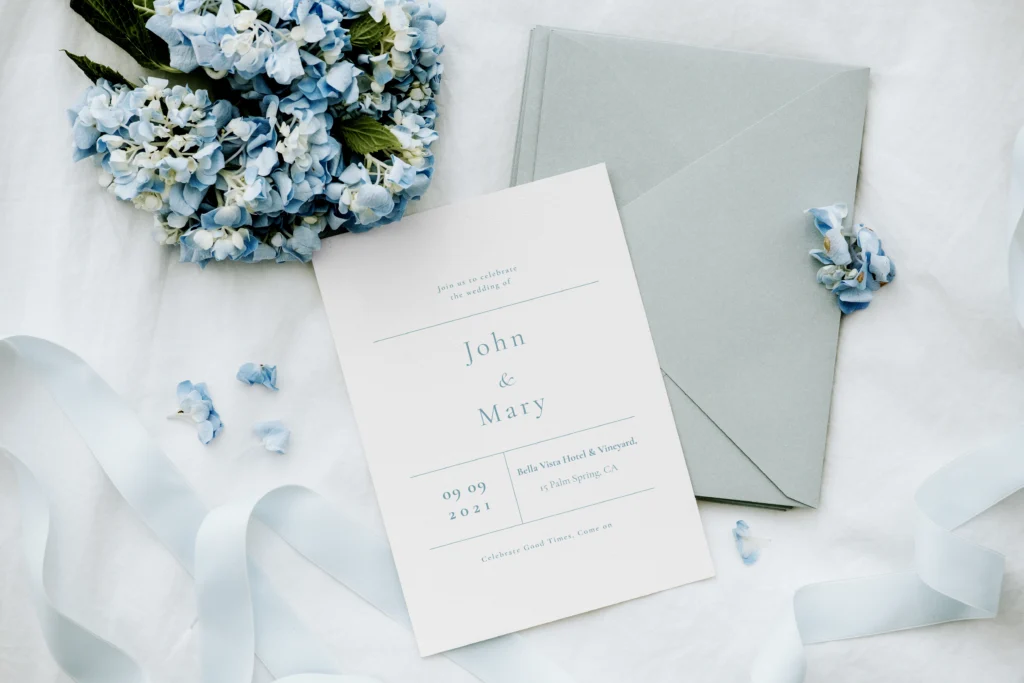
When designing formal invitations, selecting the right font is crucial to creating a sophisticated and polished look. The font you choose sets the tone for the event, conveying both the formality and elegance that are expected in occasions like weddings, galas, or corporate events. In this article, we will explore some of the best fonts for formal invitation design, delving into their characteristics, usage, and how they can enhance the overall aesthetic of an invitation.
The font of an invitation plays an integral role in establishing the atmosphere of the event. It is not just about readability, but also about evoking the right emotions and expectations in the recipient. The wrong font choice can make a formal event appear casual or unprofessional, while the right font enhances the formality and sophistication of the design. Here are some reasons why font choice matters:
Formal invitations usually require fonts that have a timeless and refined appearance. There are several categories of fonts that work well for formal invitations. These fonts can be divided into serif fonts, script fonts, and sans-serif fonts, each offering a different level of elegance and readability. Let’s take a closer look at each category:
Serif fonts are often considered the epitome of formality and elegance. These fonts are characterized by small lines or strokes regularly attached to the end of a larger stroke in a letter or symbol. Serif fonts are widely used for formal invitations because they convey sophistication, tradition, and professionalism.
Script fonts, also known as cursive fonts, are designed to mimic handwriting, often featuring flowing, elegant letterforms. These fonts can add a personal, romantic touch to invitations, making them a popular choice for weddings and other elegant gatherings. However, it is important to balance the flourishes with readability, especially for detailed information.
While serif and script fonts are the go-to choices for traditional formal invitations, sans-serif fonts can be used to create a sleek, modern, and minimalist look. Sans-serif fonts lack the decorative strokes at the end of each letter, giving them a clean and modern appearance. These fonts can work well for corporate events, modern weddings, and other occasions that aim for a minimalist aesthetic.
When selecting a font for a formal invitation, there are several factors to keep in mind to ensure that it meets the needs of the event while still being visually appealing.
The type of event will influence the font choice. A wedding invitation will likely benefit from a more romantic or decorative script font, while a corporate event may call for a clean and professional sans-serif or serif font. Understanding the nature of the event will help narrow down font choices.
Legibility should always be prioritized. While some fonts may look beautiful, they can be difficult to read, especially when printed in smaller sizes or used for intricate details. Always test the font in context to ensure that all information is clear and easy to digest.
If you are using more than one font on your invitation, ensure they complement each other. A combination of a script font for names and a serif font for the details can work well for many types of invitations. However, make sure the fonts don’t clash or overwhelm each other.
The font color should provide enough contrast against the background for easy reading. Light-colored fonts on light backgrounds can be challenging to read, while dark fonts on dark backgrounds may not stand out enough. Choose a font color that complements the overall design and enhances readability.
Font pairing can elevate the design of your formal invitation by creating contrast and balance. Here are some popular combinations that work well:
Choosing the best fonts for formal invitations requires careful consideration of the event type, legibility, and overall design. Serif, script, and sans-serif fonts each offer distinct advantages that can elevate the formality of an invitation, setting the tone for the occasion. By combining fonts thoughtfully and paying attention to the finer details of typography, you can create an invitation that not only communicates the necessary information but also reflects the sophistication and elegance of the event.
Whether you’re designing a wedding invitation, a corporate gala invite, or any other formal event, remember that the font you choose is an integral part of the first impression. Select a font that complements the tone of the event and enhances its overall aesthetic. After all, a well-designed invitation with a carefully chosen font is the first step in creating an unforgettable experience for your guests.